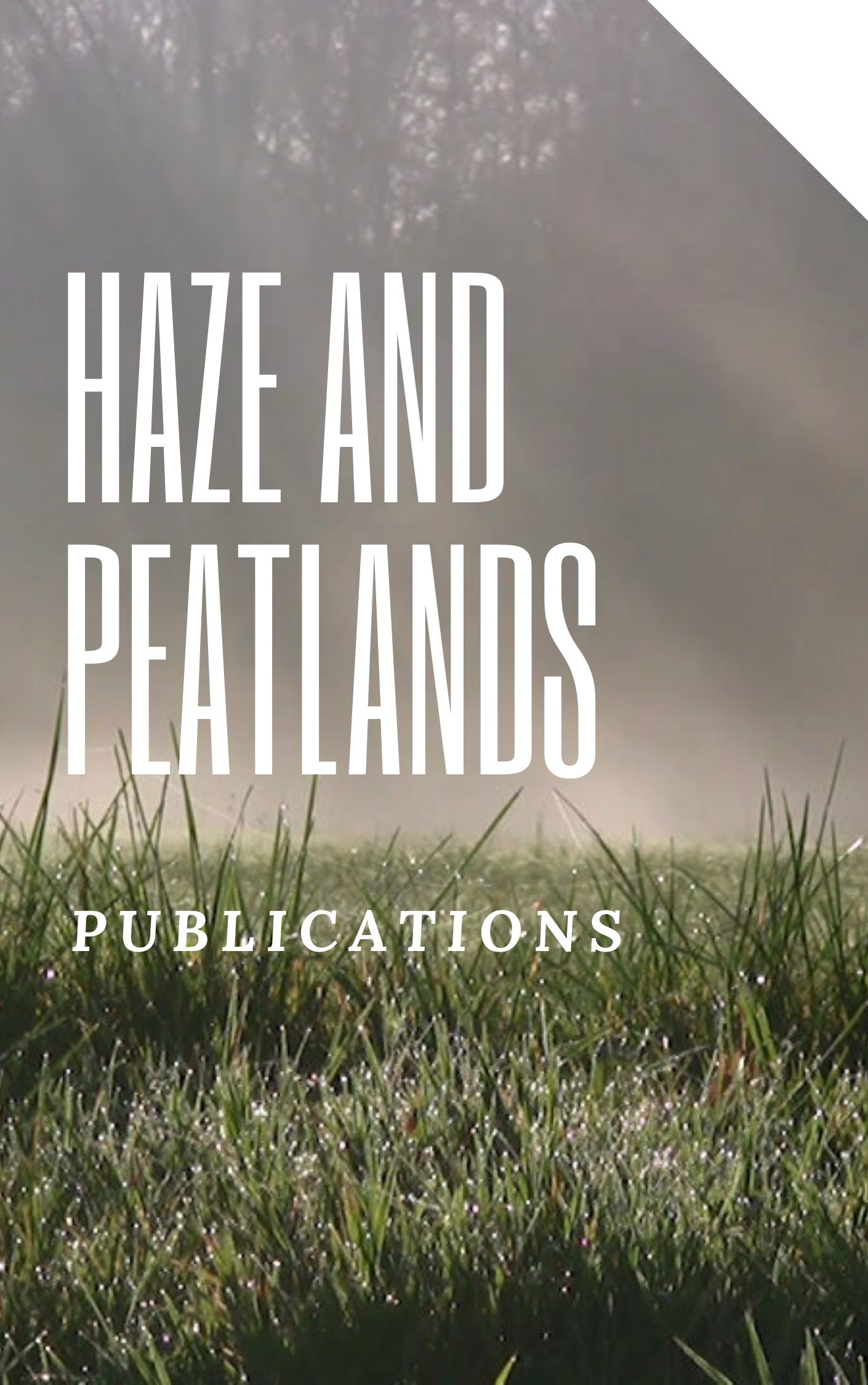Forest and land fires in Indonesia have become the main national and global concern for the last decade. This disaster can cause enormous losses in the economic, social and environmental sectors because it occurs almost every year. The cause of these fires was always strongly believed to be of human activities (anthropogenic). A definite description of what activities most often cause fire incidences can be approximated by pointing out the initial fires that can be than correlated with kinds of activities that ignited the fires. The initial fires can be traced from hotspot data. Therefore, this study aimed to seek the initial fire locations in South Sumatera where there are activities of both small-scale farmers and big-scale industrial plantations on peatland and the adjacent non-peat areas. Daily hotspot data (MODIS) from 2014 to 2018 with a confidence level of more than 80% of the South Sumatra wetland areas were used in this study. The result showed that the initial hotspots mostly detected on floodplains and coastal plains that are adjacent to the peatland that is called here as transitional land. The local community in these locations generally utilizes the land for rice or seasonal plant cultivation by burning the land (Sonor culture). © 2019 IOP Publishing Ltd. All rights reserved.
View source

